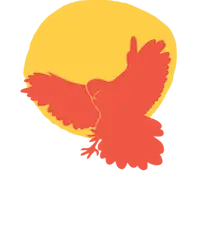
As educators, it’s vital to provide students with a deeper understanding of the rich history, culture, and resilience of Aboriginal and Torres Strait Islander peoples. By marking significant dates on the calendar, we can bring attention to moments that highlight the ongoing contributions, achievements, and struggles of Australia’s First Nations peoples. These First Nations Dates of Significance provide invaluable teaching opportunities to foster respect, connection, and cultural awareness in your classroom.
WARNING: Aboriginal and Torres Strait Islander viewers are warned that the following article may contain images of deceased persons.
For many Aboriginal and Torres Strait Islander peoples, January 26th is a day of mourning, reflecting on the impact of colonisation and its ongoing effects on First Nations communities. It’s an opportunity to reflect on history and promote truth-telling.
The Survival Day protests and marches across Australia are significant events that highlight the resilience and ongoing struggles of Aboriginal and Torres Strait Islander peoples.
Ideas for Learning Experiences:
Learning experiences about Survival Day and Invasion Day for young children can include reading books, physical activities, and discussions. These experiences can help children understand the perspectives of Aboriginal and Torres Strait Islander people, and develop empathy and respect.

Personal & Professional Learning
On February 13th, 2008, then Prime Minister Kevin Rudd delivered a formal apology to the Stolen Generations. This day acknowledges past wrongs and commits to healing and reconciliation.

Ideas for Learning Experiences:
Early Years
Primary Age
Personal & Professional Learning
Bringing them Home. Stories of the Stolen Generation. Australian Human Rights Comission.
Bringing Them Home Report. 1997.
The 1965 Freedom Ride was a 15-day bus journey through regional New South Wales. It was led by a group of students from the University of Sydney, including Arrernte and Kalkadoon man Charlie Perkins. They drew national and international attention to the racism experienced by First Nations people in country New South Wales.
Ideas for Learning Experiences:
Primary Age:
This day highlights the ongoing health and life expectancy disparities between Aboriginal and Torres Strait Islander peoples and non-Indigenous Australians.
Ideas for Learning Experiences:
Personal & Professional Learning
Oxfam, Closing the Gap Campaign Report 2022, Transforming Power: Voices for Generational Change.
The Human Rights and Equal Opportunity Commission delivered the report on 5 April 1997, following the National Inquiry into the Separation of Aboriginal and Torres Strait Islander Children from Their Families.
The report includes 54 recommendations intended to support healing for the Stolen Generations and their families.
Personal & Professional Learning
Bringing them Home. Stories of the Stolen Generation. Australian Human Rights Comission.
Bringing Them Home Report. 1997.
ANZAC Day is a national day of remembrance to honour the members of the Australian and New Zealand Army Corps (ANZAC) who served in the Gallipoli campaign in World War I. The day also broadly commemorates all Australians and New Zealanders who have served.
It’s difficult to determine the exact number of First Nations people who served in World War I, but it is believed to be more than 1,000. This is because the enlistment process didn’t record a person’s ethnicity, and the Defence Act 1909 banned people from enlisting if they were ‘not substantially of European origin or descent’.
Many First Nations people concealed their identity so they could join. Our people served, and our contribution has been significant. Some made the ultimate sacrifice, going to rest in the Dreaming. Others returned home to Country, only to face racism from white Australia.
Importantly, First Nations people have been warriors of our own resistance since 1788.
Ideas for Learning Experiences:

National Sorry Day remembers and acknowledges the mistreatment of the Stolen Generations. It’s an opportunity to reflect on the importance of truth, reconciliation, and healing.
Read more about National Sorry Day, ways to recognise the day and further information and resources at our Importance of Recognising and Acknowledging National Sorry Day Blog HERE.

Ideas for Learning Experiences:
On 27 May 1967, an overwhelming majority of Australian citizens voted “yes” in a national referendum to amend clauses of the Australian Constitution concerning First Nations people.
Campaigners for the “yes” vote successfully argued that those references were discriminatory and excluded First Nations people from citizenship.
Personal & Professional Learning
National Reconciliation Week (NRW) is a time to build relationships between First Nations peoples and the broader Australian community. The National Reconciliation Week (NRW) 2025 theme, Bridging Now to Next, reflects the ongoing connection between past, present and future.
At a time when Australia faces uncertainty in its reconciliation journey, this theme calls on all Australians to step forward together.
Bridging Now to Next urges us to look ahead and continue the push forward as past lessons guide us.
Your one-stop resource for National Reconciliation Week 2025 with resources, learning experiences, theme information and more, can be found HERE on our Blog.

Ideas for Learning Experiences:
Set in the middle of National Reconciliation Week, on this day in 1992, the Torres Strait Islander flag was officially presented to the people of Zenadth Kes (the Torres Strait Islands) at the sixth Torres Strait Cultural Festival.
The flag illustrates the deep connections Torres Strait Islander People have with the sky, sea and islands of the Torres Strait.
Ideas for Learning Experiences:
The 3rd of June marks Mabo Day, a historical and important day for Aboriginal & Torres Strait Islander people. Mabo Day is when we remember Eddie Koiki Mabo.
We celebrate and recognise one man’s fight and triumphant win that would change his life and family forever; and in turn, opened doorways for Aboriginal and Torres Strait Islander people to enact their cultural rights and claims to live by their lore and custodial and cultural practices on their lands and waters.

Image: University of Adelaide.
Ideas for Learning Experiences:
Personal & Professional Learning
Commemorating Mabo Day. 2020. Reconcilation Australia.
On 12 June 1988, the Barunga Statement was presented to Prime Minister Bob Hawke at the annual Barunga cultural and sporting festiva
The statement was written on bark and called for self-determination, a national system of land rights, compensation, an end to discrimination, respect for Aboriginal identity, and the granting of social, economic and cultural rights.
The Prime Minister responded by expressing that he would create a treaty between Aboriginal people and wider Australia by 1990. This commitment has never been fulfilled.
You can read a copy of the document here.

NAIDOC Week celebrates the history, culture, and achievements of Aboriginal and Torres Strait Islander peoples. Each year has a theme with the theme for 2025 is ‘The Next Generation: Strength, Vision & Legacy’.
As we enter 2025, NAIDOC Week marks a powerful milestone: 50 years of honoring and elevating Indigenous voices, culture, and resilience. The 2025 theme, “The Next Generation: Strength, Vision & Legacy,” celebrates not only the achievements of the past but the bright future ahead, empowered by the strength of our young leaders, the vision of our communities, and the legacy of our ancestors.

Ideas for Learning Experiences:
The flag was first raised on 9 July in 1971 at a land rights rally in Victoria Square/Tarntanyangga, Adelaide, on then-National Aborigines* Day. It has become an enduring symbol of Aboriginal strength, representing Aboriginal people and their ongoing spiritual connection to the land.
Ideas for Learning Experiences
Children’s Day is held annually on 4 August. It’s a national day dedicated to celebrating First Nations youngfullas.
The day is an initiative of SNAIIC – National Voice for our Children. The first Children’s Day was in 1988, established against the backdrop of protests led by First Nations people and allies to mark the 200-year anniversary of British invasion.

The date August 4 was historically used to celebrate the birthdays of First Nations children who were taken from their families at a young age without knowing their birthday.
Read more about this important day, discover ideas and resources over at our National Aboriginal and Torres Strait Islander Children’s Day Blog HERE.
This day celebrates Indigenous peoples worldwide and raises awareness about their rights and contributions.
Ideas for Learning Experiences:

On August 13, 1963, Yolŋu people from Yirrkala community in north-east Arnhem Land presented the Australian Parliament with two petitions. One written in Yolŋu Matha and the other in English.

These petitions are known as the Yirrkala bark petitions and mark the beginning of the modern land rights movement. The petitions were a response to a unilateral decision by the Menzies Government to open a bauxite mine at Yirrkala. Bauxite is the main raw material used in the commercial production of aluminium.
The petitions were pasted onto bark that had been traditionally painted. They demanded the inherent land rights of Traditional Owners be respected.
Personal & Professional Reading
The Significance and Impact of the 1963 Yirrkala Bark Petitions. Children’s Ground.
Yirrkala bark petitions. National Museum Australia.
On 23 August 1966, about 200 Gurindji stockmen, domestic workers and their families initiated strike action at Wave Hill station in the Northern Territory.
Negotiations with the station owners, the international food company Vestey Brothers, broke down, leading to a nine-year dispute.
This eventually led to the return of a portion of their homelands to the Gurindji people in 1974, and the passing of the first legislation that allowed for First Nations peoples to claim land title if they could prove a traditional relationship to the country.

The 25th August marks Australian South Sea Islander (ASSI) recognition week on our national cultural calendar. Prime Minister Paul Keating recognised ASSIs as a ‘distinct cultural group’ whose identity and community needs were legislated under the 1994 Commonwealth.

The domino effect of recognition saw the 1995 NSW Premier Bob Carr memorandum followed by Queensland Premier Peter Beatie in 2000 and NSW Member for Sydney Mr. Alex Greenwich motion in 2013.
ASSIs are a displaced Pacific community as a result of Australia’s first Seasonal Workers Scheme. Historically named the ‘Indentured labour trade’ ASSI communities identify strongly with the truth of the matter that this was a Blackbird trade of the Pacific.
Indigenous Literacy Day shines a spotlight on the importance of literacy in Aboriginal and Torres Strait Islander communities. Literacy is more than just the ability to read and write; it is a key to unlocking opportunities, preserving languages, and empowering future generations. For Indigenous Australians, literacy is a bridge that connects the past, present, and future, allowing us to carry forward the knowledge and stories of our ancestors.
The Indigenous Literacy Foundation (ILF) works tirelessly to improve literacy rates in remote communities, providing culturally relevant books and educational resources that reflect the languages and experiences of First Nations peoples. By supporting the ILF, we can help ensure that every child has the opportunity to become a proud voice for their Country.
Literacy provides a fundamental step of building context, comprehension and understanding, whether it is written, visual or auditory. For kids who miss that foundational step in their literacy journey, it has a lifelong impact.
For more information the day, ways to celebrate and resources visit our Blog HERE.

Indigenous Business Month is an initiative driven by the alumni of Melbourne Business School’s MURRA Indigenous Business Master Class Program, who see business as a vehicle towards self-determination, a way of providing positive role models for Indigenous Australians and improving quality of life in Indigenous communities. Since its establishment in 2015, Indigenous Business Month is an annual celebration that occurs every October and 2022 marks its 8th year.
Language is sacred and connected to Country and culture. It brings together generations and ties together spirituality and identity. When we keep Languages alive, our Culture thrives.
Learning Resources:

When the Hawke government handed back the title deeds for the Uluru-Kata Tjuta National Park to the Anangu people in October 1985, it ended decades of determined lobbying by the traditional owners to have their rights recognised.

The ceremony to hand back the title took place at the base of Uluru on 26 October 1985. Hundreds of Indigenous and non-Indigenous people looked on as Governor-General Sir Ninian Stephen passed over the title deeds to Uluru–Kata Tjuta.
The traditional owners then signed an agreement to lease the park back to the Australian National Parks and Wildlife Service for 99 years.
A board of management was established with a majority of Anangu members. The park continues to be jointly managed.
Learn more about the Uluru Handback HERE.
Human Rights Day is observed annually around the world on 10 December. It commemorates the anniversary of one of the world’s most groundbreaking global pledges: the Universal Declaration of Human Rights (UDHR).
This landmark document enshrines the inalienable rights that everyone is entitled to as a human being – regardless of race, colour, religion, sex, language, political or other opinion, national or social origin, property, birth or other status.
The Declaration was proclaimed by the United Nations General Assembly in Paris on 10 December 1948 and sets out, for the first time, fundamental human rights to be universally protected.
Learn more about Human Rights Day HERE.

Sign up to be the first to know about new products and blog posts and get exclusive discount codes.


We acknowledge and pay our respects to the Minjungbal People of the Bundjalung Nation, the Traditional Custodians of the beautiful land and waterways on which we live and work.
Always was. Always will be Aboriginal land.
Copyright © Songlines Art, Culture, Education.
We acknowledge and pay our respects to the people of the Bundjalung Nation, the Traditional Custodians of the beautiful land and waterways on which we live and work.
Always was. Always will be Aboriginal land.
